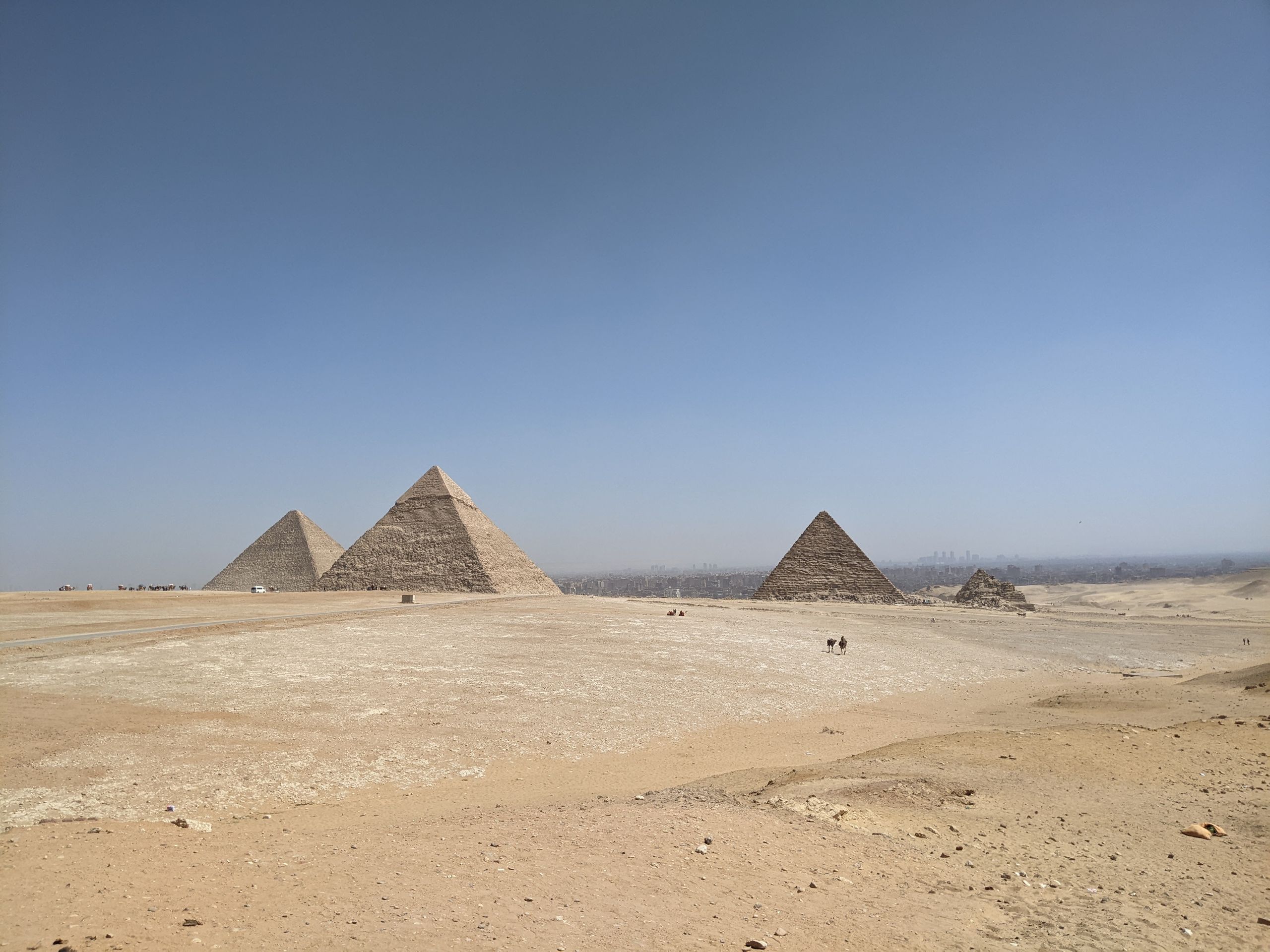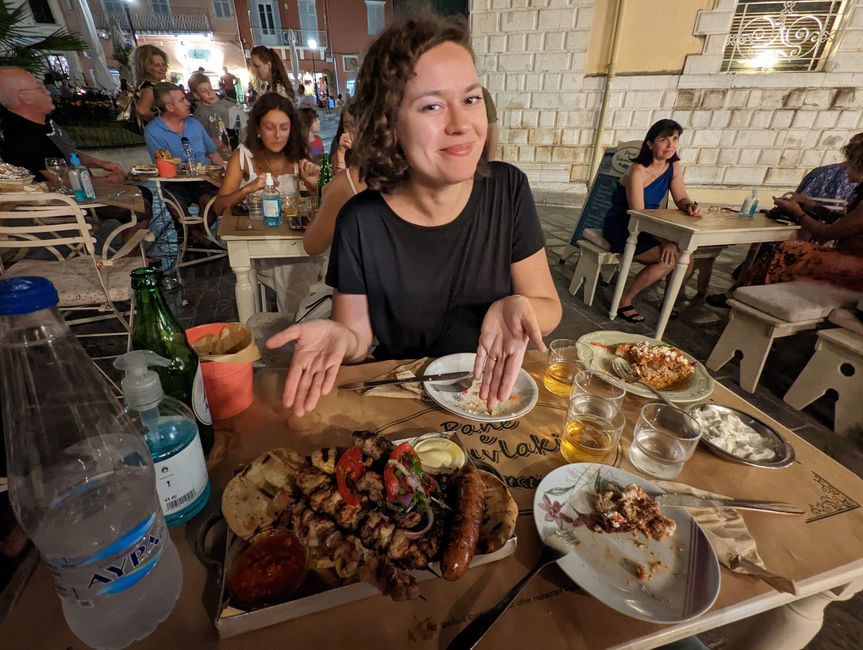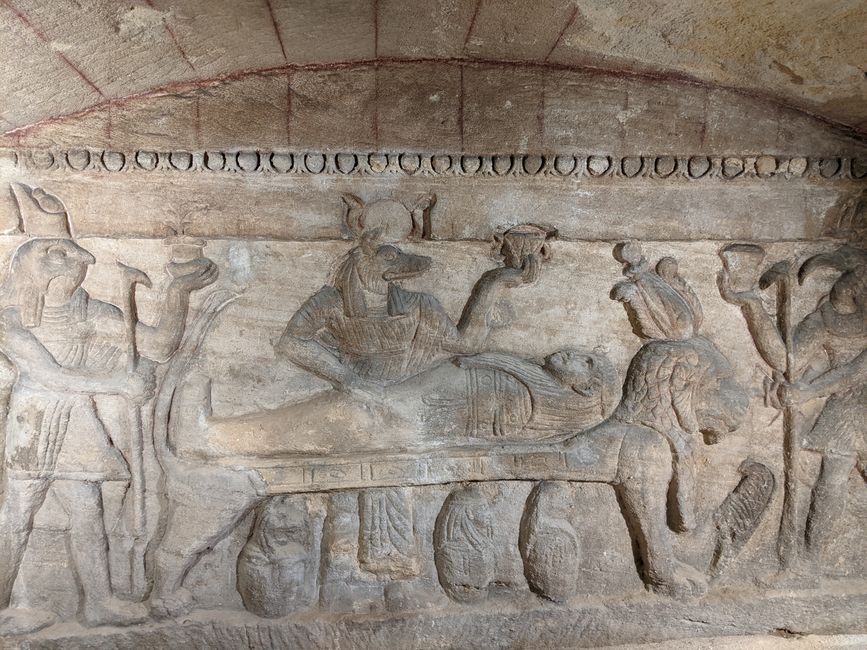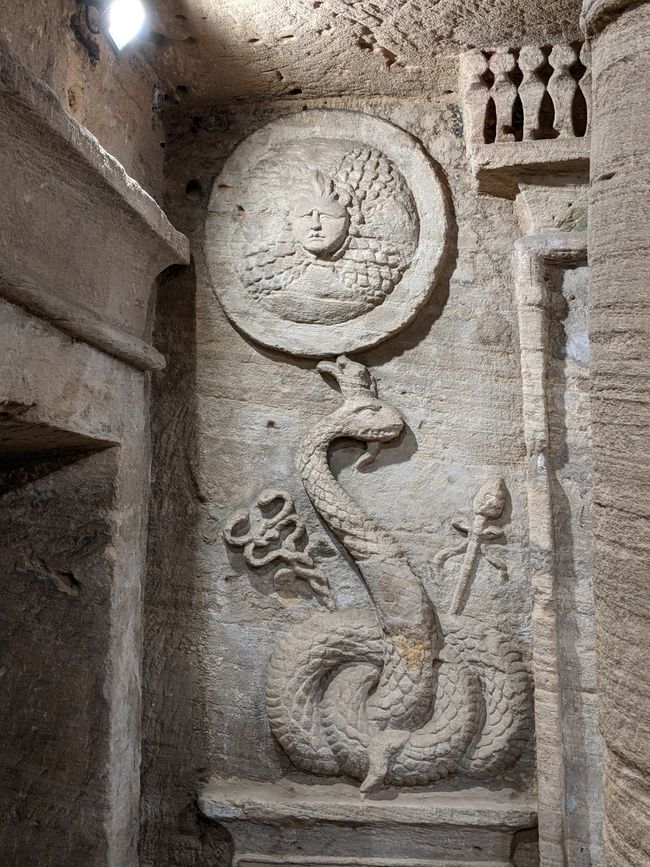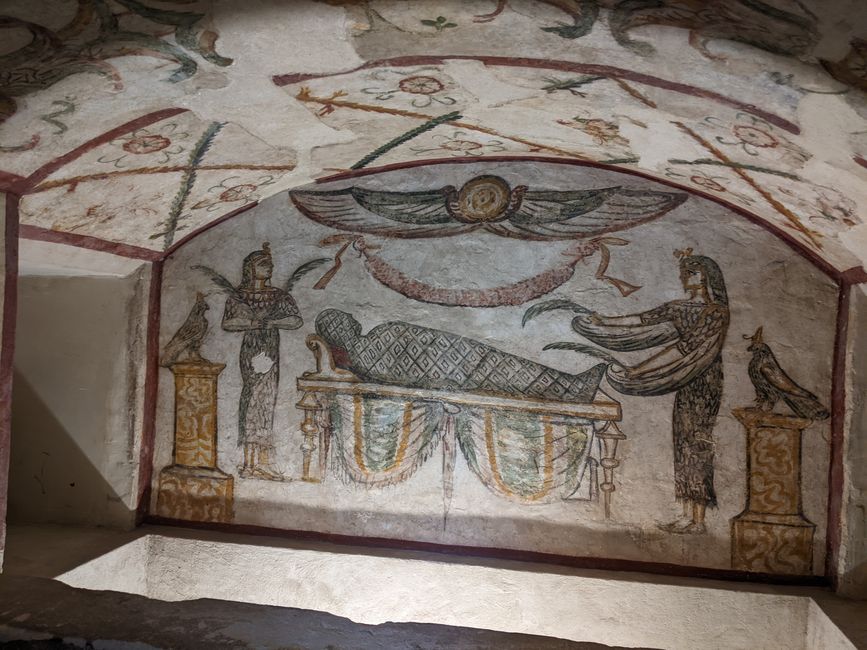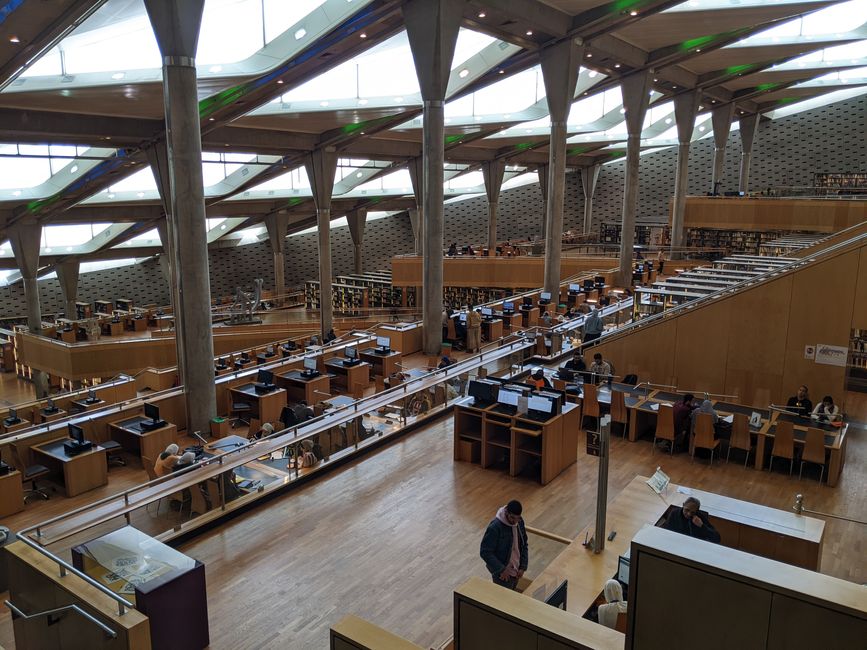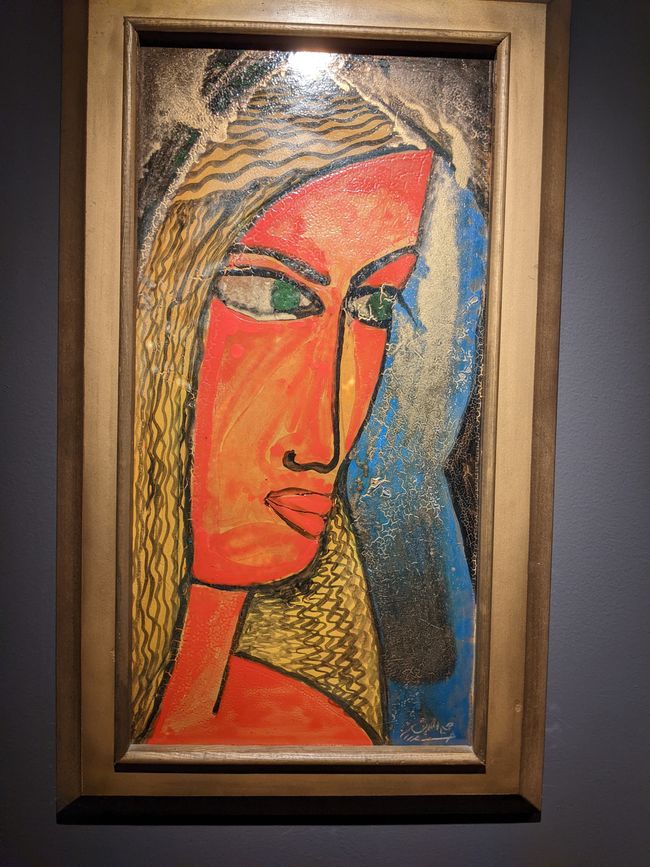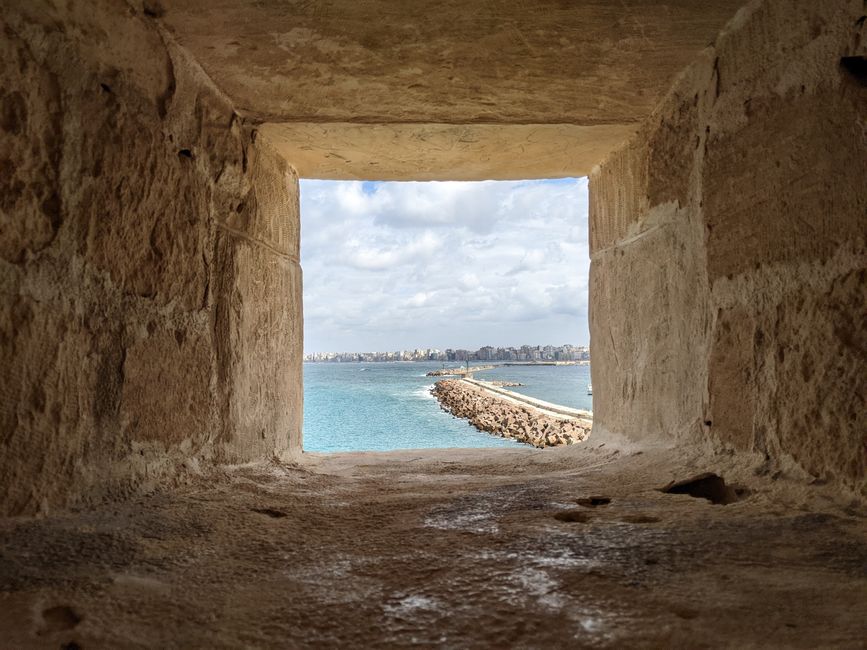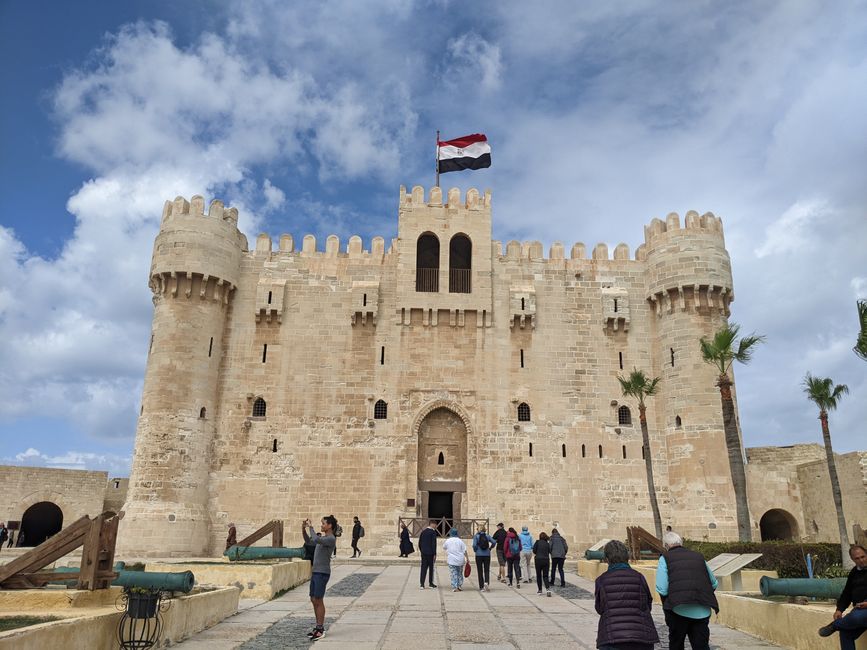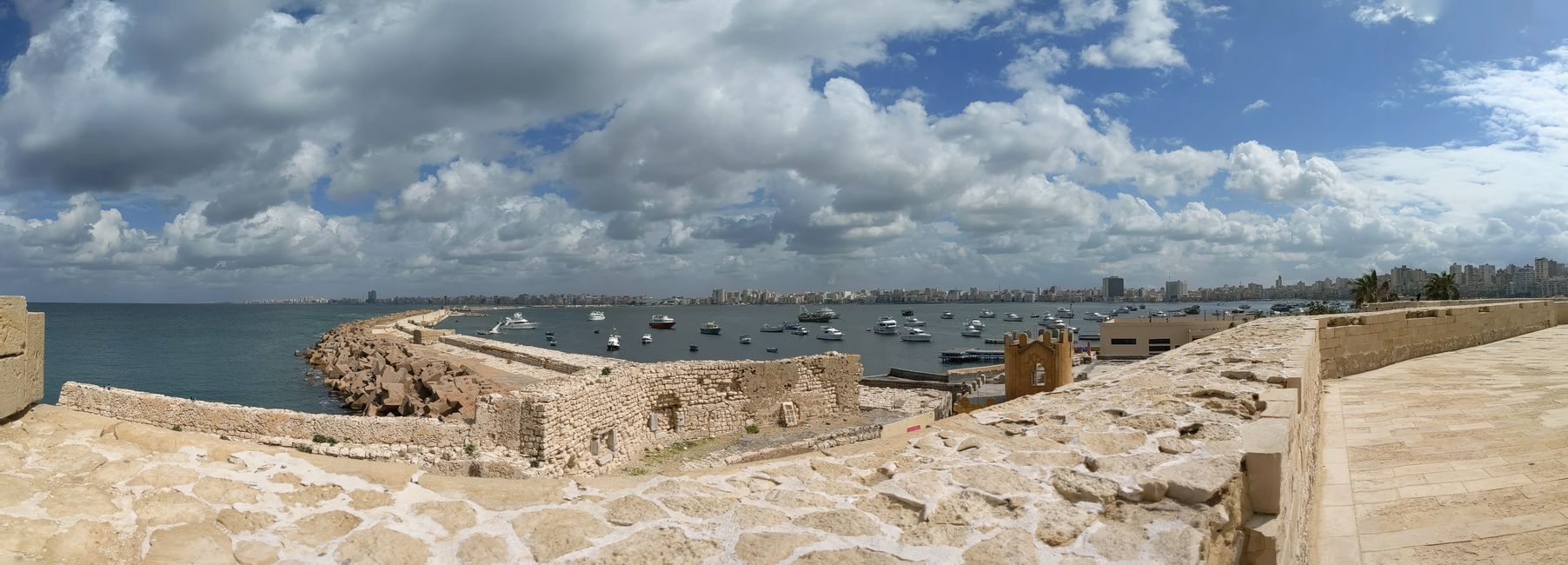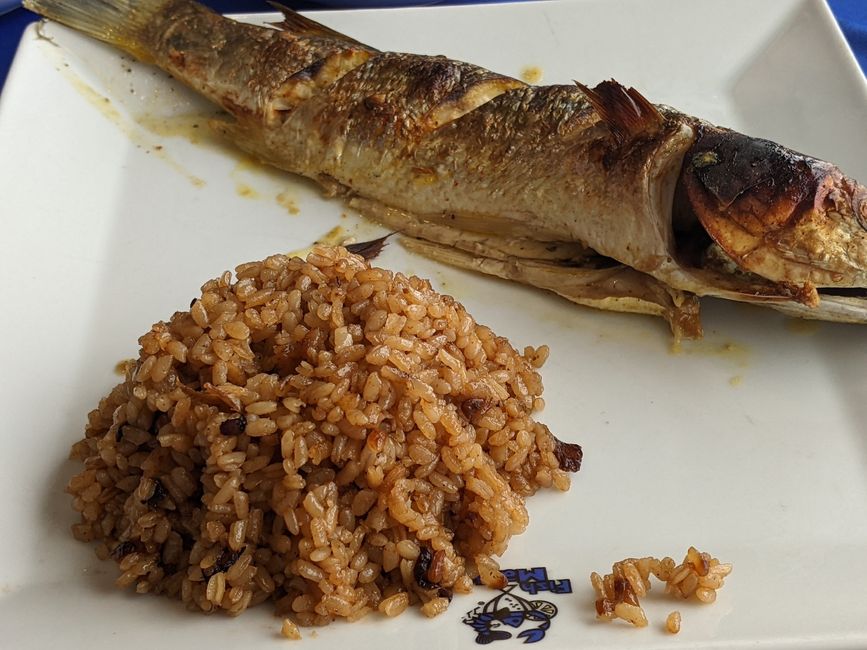Alexandria
បោះពុម្ពផ្សាយ: 15.03.2023
ជាវសំបុត្រព័ត៌មាន
Today, it's time to discover Alexandria. First big difference compared to Cairo: the temperature. It's cool and rainy.
We first visit the Catacombs of Kom El Shoqafa. The images in the catacombs are unique, featuring a mix of Roman, Greek, and Egyptian motifs. Alexandria (along with large parts of Egypt) has been conquered multiple times by different powers, including the Greeks and Romans. The cultures have blended together. In the same mural, you can see Medusa, Anubis, and a figure wearing Roman attire.
Afterwards, we go to the Library of Alexandria - finally! A long-awaited dream, even though I'm aware that it has nothing to do with the ancient Library of Alexandria, which was almost completely destroyed. But as a symbol, the new library is just as important to me. We receive a guided tour of the library. The building is truly impressive, designed by a Norwegian architectural firm and looks like a disc from the outside, symbolizing the rising sun. The interior is also meticulously designed. I really like the building - ultimately, it focuses on what a library is meant for: reading, learning, and discussing. The library has several ambitious projects, such as digitizing all existing writings and books. It's cool that you can learn hieroglyphics on the website. It also serves as a dictionary for Egyptologists.
The library also houses several exhibitions by Egyptian artists, as well as the Sadat Museum. Unfortunately, I only had time for one exhibition, but it was marvelous. It was by an Egyptian artist who mainly works with ceramics - Mohie El Din Hussein. I wish I could buy one of his paintings...
I skip the Sadat Museum, as the Military Museum in Al Alamein is still vivid in my memory and I suspect that the Sadat Museum is similarly arranged. The group members who visited it confirm this only partially. The Americans are all thrilled because, among other things, there's a copy of the Israeli-Egyptian peace treaty (with Jimmy Carter's signature) on display. Okay, I understand the historical value of the document, but I don't need to see showcases full of personal items like a toothbrush, comb, and shirt. The works of contemporary Egyptian artists are much more exciting.
After the Bibliotheca Alexandrina, we go to see the Qaitbay Citadel. It's a 15th-century fortress built from the ruins of the Pharos Lighthouse. The lighthouse was one of the Seven Wonders of the Ancient World and was said to be the first and largest lighthouse in the world for a long time. The fortress is quite maze-like, and unfortunately, there's not much to see. However, the view of the harbor and the city of Alexandria is very beautiful. It's worth it for that.
Spontaneously, Hoda suggests that we can take a double-decker bus back. That way, we would have a good view of the Corniche of Alexandria. Unfortunately, the weather is quite bad, and there's a strong wind. Since the bus is mainly used by locals, the bottom deck is already crowded. We have to persevere on the top deck until we reach the hotel. After this ride, it's time for a warm bed or a warm shower. In the evening, the three of us go to Gleem Bay for a small meal. Soup and tea - we're still freezing because the hotel rooms are ice-cold.
Despite the unexpectedly cold temperatures, I really liked Alexandria. Maybe it's because it's by the sea? I can definitely recommend it. Now, it's time to get under the cozy blanket and into bed.
ជាវសំបុត្រព័ត៌មាន
ចម្លើយ
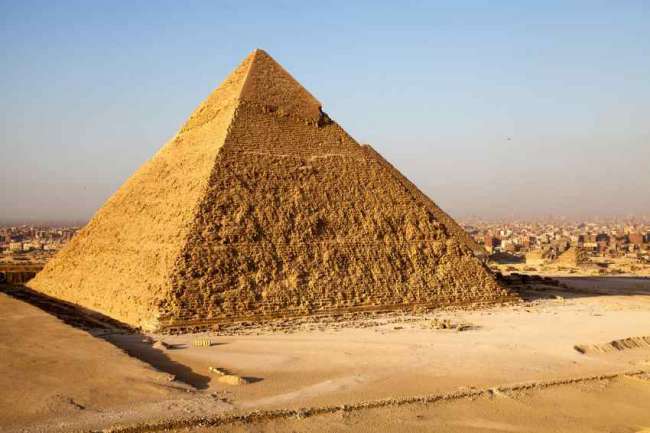
របាយការណ៍ធ្វើដំណើរ អេហ្ស៊ីប
